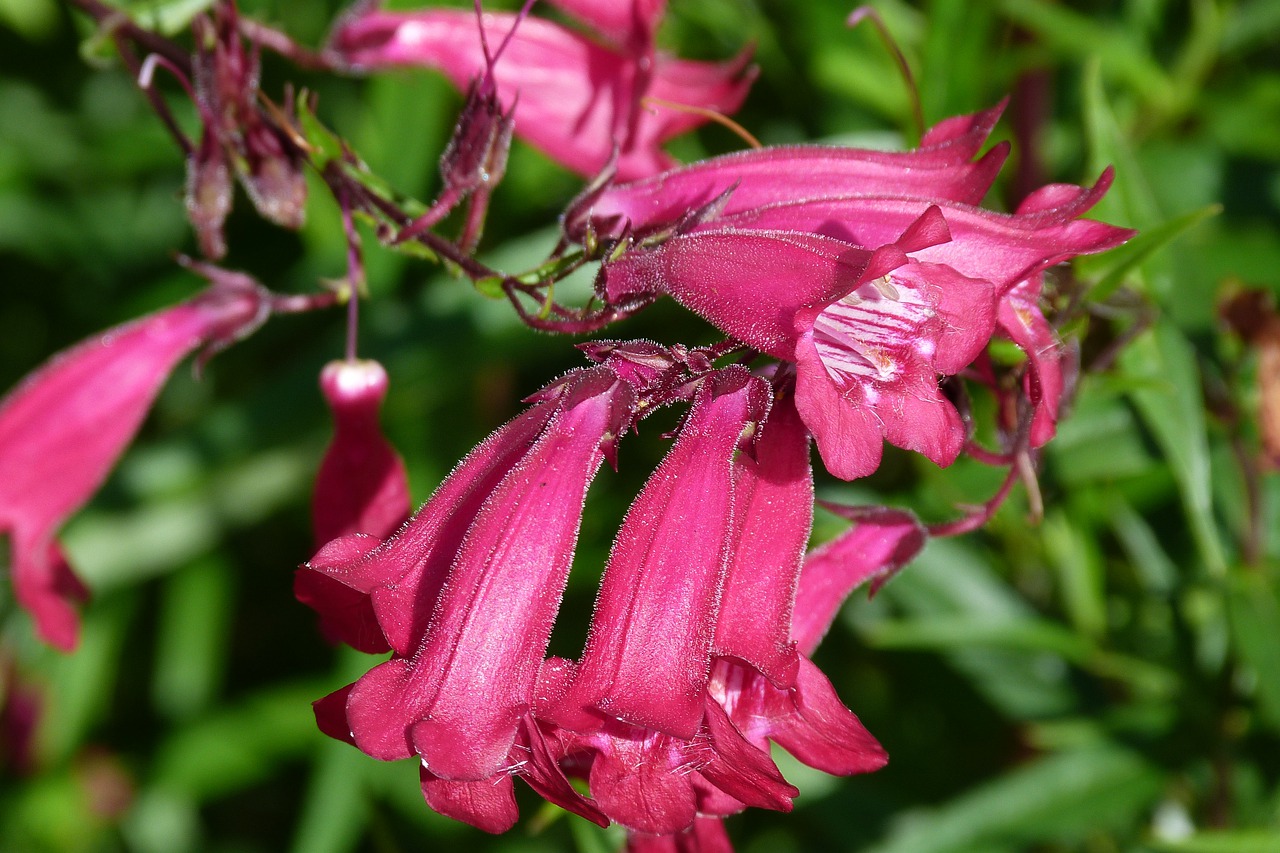Wondering when to plant penstemon? Penstemon, also called penstemon beardtongue, is a plant that produces beautiful tubular flowers. This flowering plant can survive in most areas of the western U.S. The sweet nectar of penstemon will have the bees, birds, and butterflies flocking to your garden.
The best time to plant the penstemon beardtongue is during spring, so their roots will grow before the winter season comes. This plant is hardy, and its stems are strong, so you don’t need to support the branches unless your plants are planted in exposed locations.

How to Grow and Take Care of Penstemon
The penstemon plants come in different colors like salmon, pink, lavender, red, and white. Their tubular shape is perfect for hummingbirds who like to spend their nesting period near penstemons. Every flower has five petals, and they come in different colors, such as pink, red, lavender, salmon, and white. Penstemon is a perennial, but they may also grow as an annual in cold or warm areas.
Here’s what you need to know about growing and taking care of penstemon beardtongue plants:
Light preference
Penstemon prefers part shade to full sun. However, this mainly depends on the type of penstemon. For example, plants with reddish or purple leaves grow best under direct sunlight. Make sure to do a little research on the kind of penstemon you want to grow.
Soil
The best soil for penstemons is well-drained and slightly alkaline. However, these plants can even grow in soil that’s mostly sand and gravel. They don’t grow well when planted poorly drained soil and are sensitive to winter moisture. It helps to plant them in raised beds to help them survive moist conditions. Don’t add any soil amendments that retain water like manure or peat moss.
Water needs
Even though penstemons are not as drought tolerant as cacti, many variants grow well in sweltering weather conditions. The amount of water you give your plants depends on the type of penstemon you choose and your soil’s capacity to hold water.
For variants native to your area, you don’t need to water them as much once they’re established. But for hybrids propagated for gardens, they may not be as drought-tolerant as the native varieties, so you may need to water them more often during dry spells.
Grow from seeds
You can quickly grow penstemons from seed. The best time to plant them is to sow them outdoors during the fall season to the beginning of winter because these seeds require some time to stratify and break dormancy. In this way, your penstemon seeds will germinate naturally. Sow the seeds about half an inch deep and keep it moist. It usually takes a year or two before you can see your plants bloom.
Deadheading and pruning
Deadheading lengthens the blooming stage, but you should leave a handful of seed heads if you want your plants to reseed. You’ll also need to prune your penstemons by cutting the stems after flowering. By pruning your penstemons, this encourages the growth of new leaves and flowers.
Pests and blight
Penstemons are resilient plants, and you don’t need to worry about pests and serious diseases. However, you need to watch out for root rot, powdery mildew, southern blight, and leaf spot, as for pests, spider mites, quail, slugs, snails, and other critters. Generally, you don’t have to worry about pests and blight as long as you’re growing your penstemons in the appropriate environment.
Why Use a Hobby Greenhouse?
Even though penstemons are hardy plants, they need to grow in their ideal growing environment to produce many flowers. Other than that, here are other reasons why you should invest in a mini greenhouse:
Protect plants from pests and diseases
Penstemons are less susceptible to pests and diseases if they’re grown in appropriate growing conditions. However, when pests and diseases do infiltrate your plants, the damage can be catastrophic. If you want to protect your plants from pests and diseases, grow them inside a hobby greenhouse.
Gardeners with limited space
Fresh flowers are a great addition to any home, but not everyone has a spacious garden or backyard. If you have limited garden space, a hobby greenhouse is a great alternative. With a standard size of six feet, you can place them anywhere – on balconies, patios, and decks. You can plant almost anything inside a greenhouse – from flowering plants to fruits and vegetables.
Start early plant growth
With a mini greenhouse, you can start growing your plants before the cold season arrives in your area. Once the weather becomes more favorable, you can transfer your healthy crops into your garden.
Keeps plants safe from harsh weather
A hobby or mini greenhouse can keep your plants safe from frost, snow, high winds, excessive heat, and unpredictable weather. You can place them inside the enclosure until spring rolls in. When the weather is warmer and friendlier, you can transfer your plants into your garden or snip a few and place them inside your home.
The Bottom Line on When to Plant Penstemon
Now that you know when to plant penstemon and how to take care of them, you’ll be able to enjoy beautiful blooms in your garden or inside your home.
